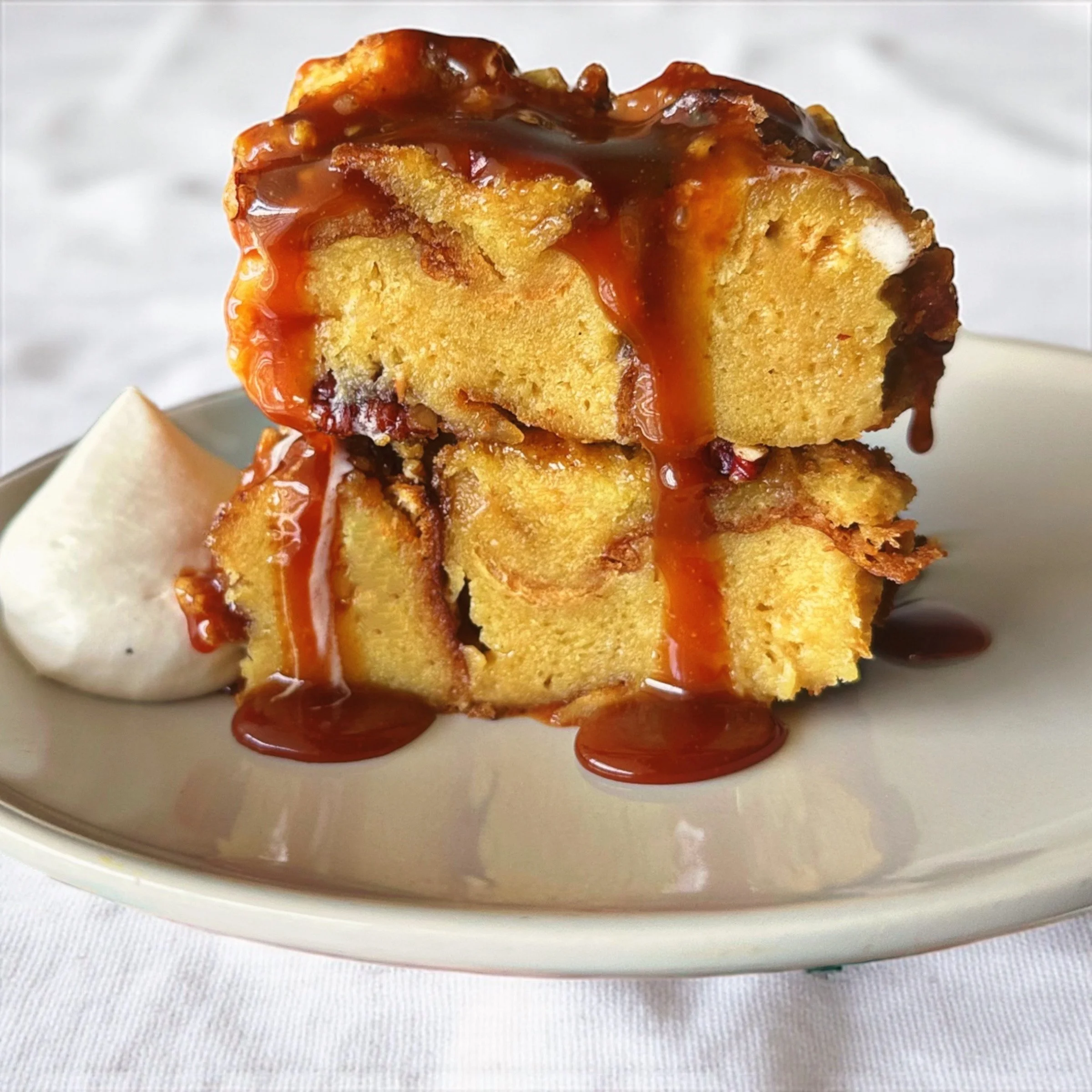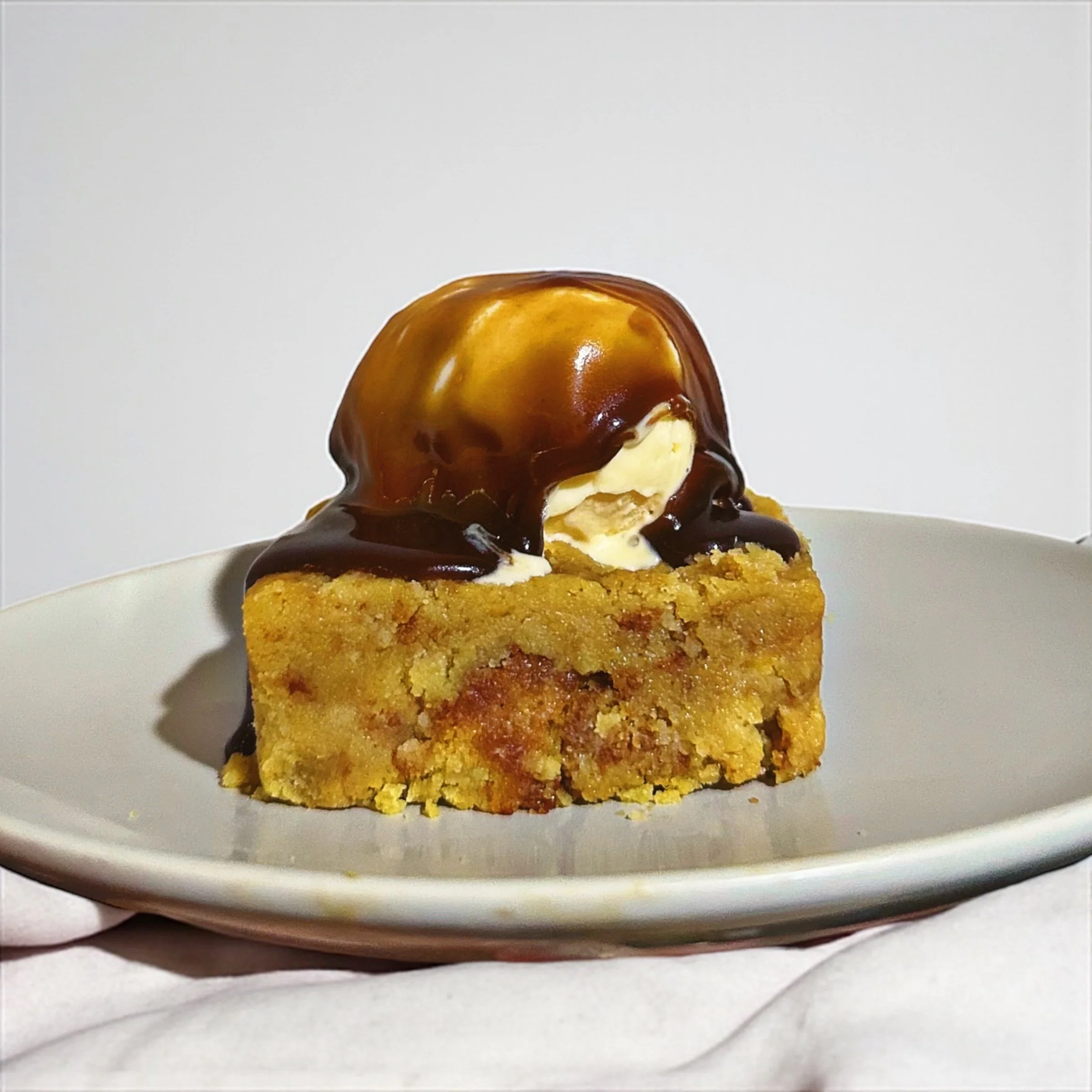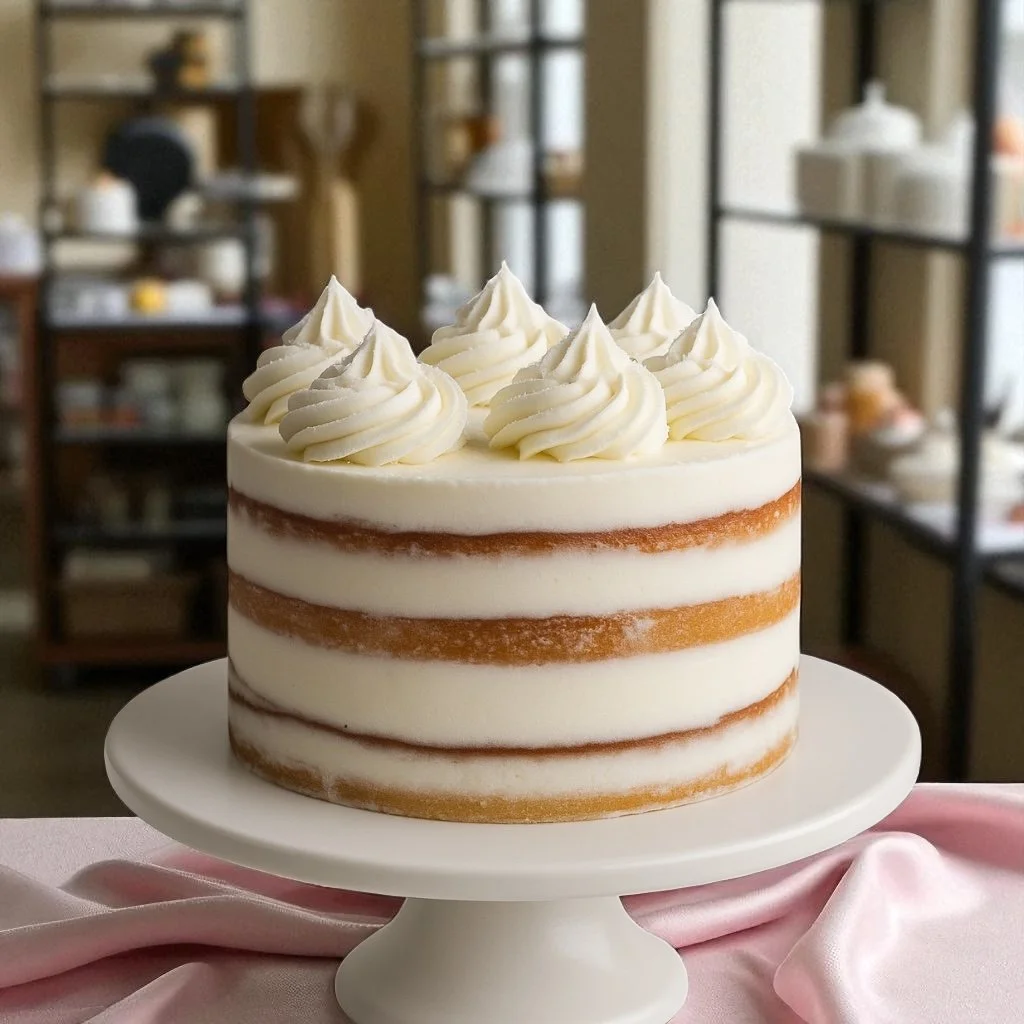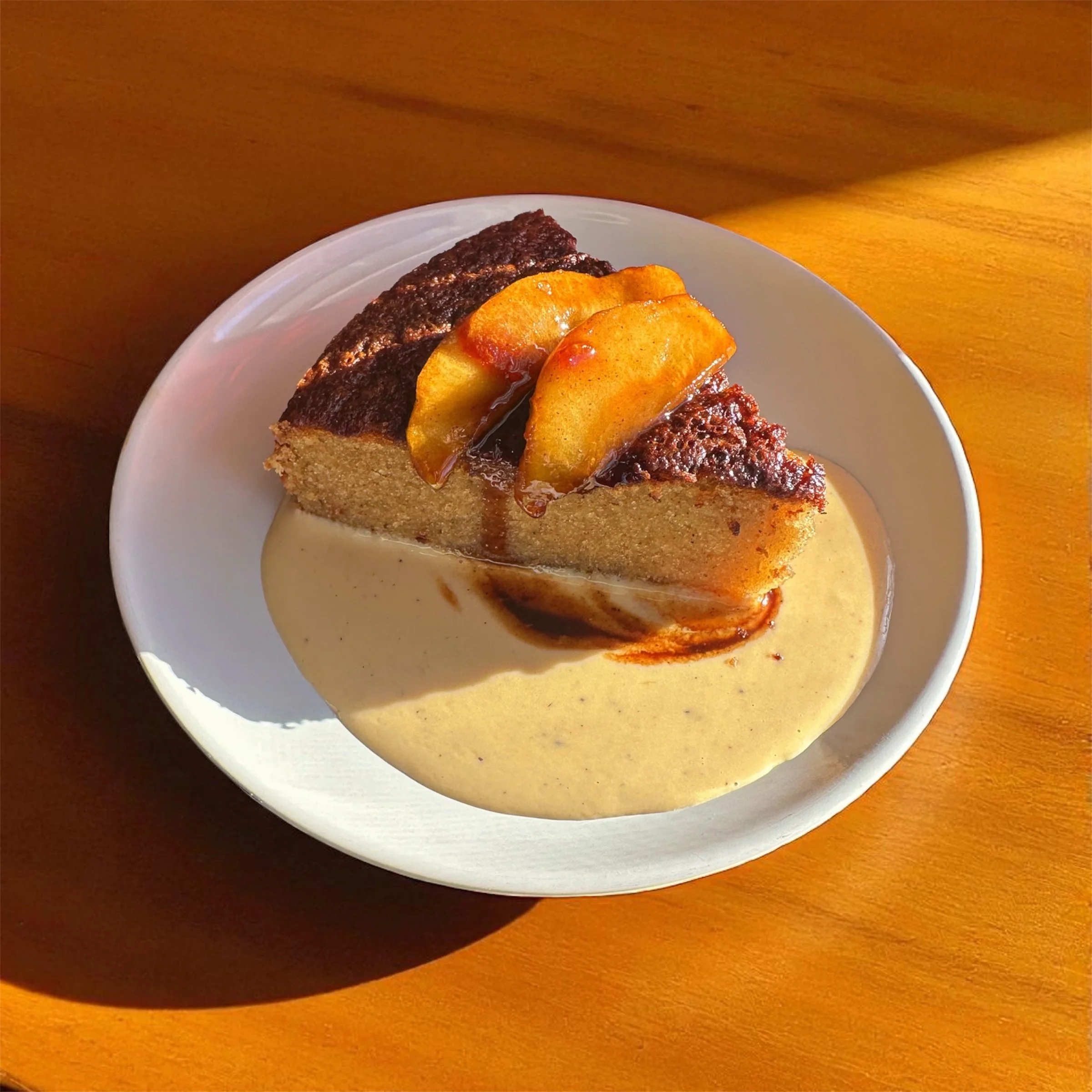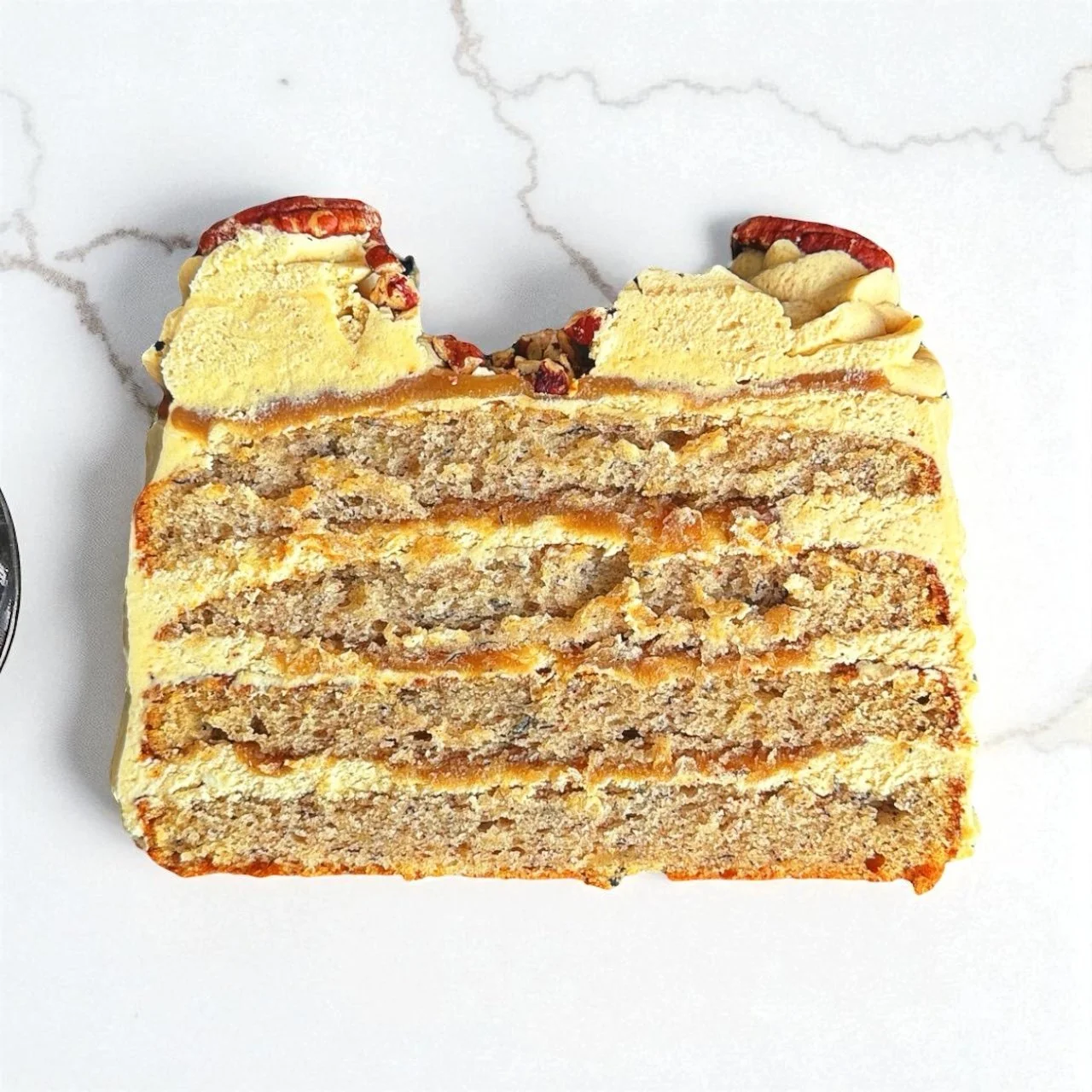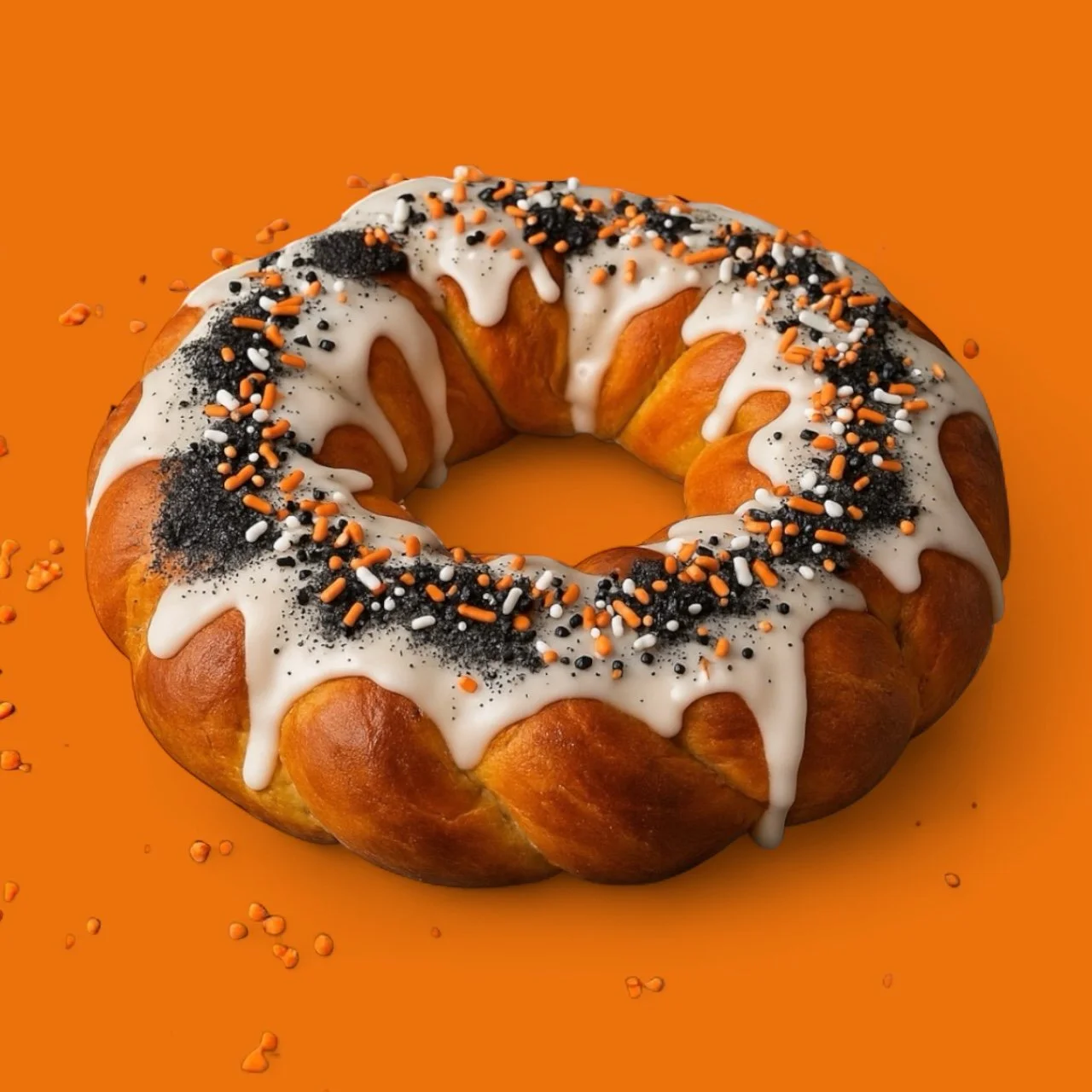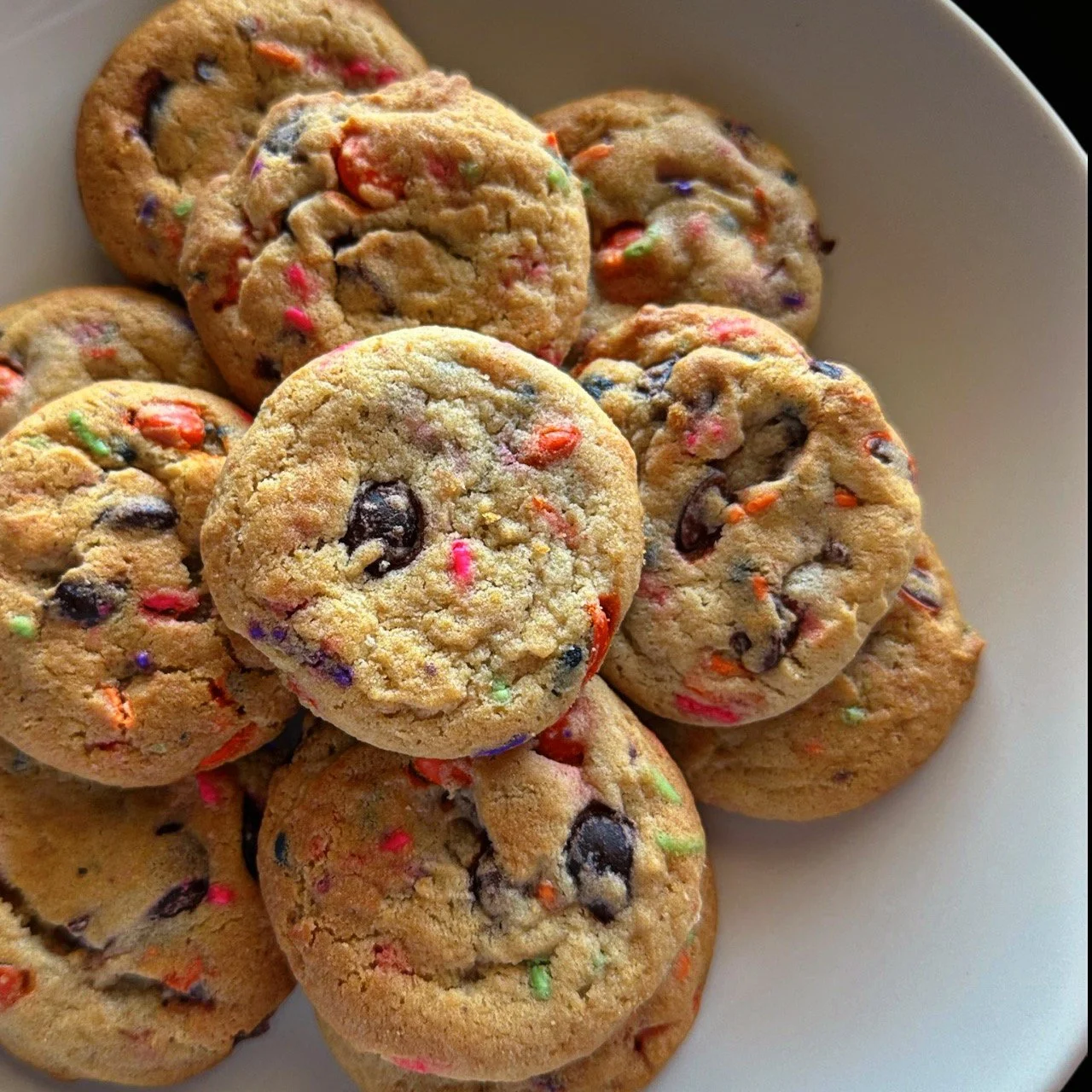Welcome to the Bakeshop Collection
The Bakeshop Collection is where you can find premium recipes baking guides, tips, and techniques made especially for members. Unlike the Market, this space is membership-based, so members get ongoing access to new recipe posts, behind-the-scenes methods, and professional baking resources as they’re released — all in a blog-style format you can browse at your own pace.
Members can simply scroll through posts or use the Index to find what they’re looking for.
If you’re not a member yet, clicking on any locked post will prompt you to Join the Collection and view the membership options.
New recipes and resources are added regularly, and you’ll have unlimited access to this growing collection for as long as your membership is active.
Important: Your membership gives you access to the Bakeshop Collection, which is a growing library of recipes, guides, and resources created specifically for members. It does not include every proprietary or Market recipe past or present. Market recipes and bundles are separate products and are not automatically unlocked by a subscription. If you’re unsure whether a recipe is included in your membership, check the Collection Index to see exactly what your plan gives you access to.
Brown sugar pecan bread custard
Bread pudding is often thought of as a humble way to use up stale bread, but in a professional kitchen it transforms into something entirely different: a custard-driven dessert with layers of texture and flavor. This version takes inspiration from pecan pie, folding in ribbons of homemade pecan praline, finishing with a buttery pecan topping, and serving it warm with bourbon caramel and mascarpone-whipped cream.
What makes this bread pudding stand out from the rest is the custard itself. Instead of using whole eggs and milk in a rustic mix, this recipe relies on egg yolks only, tempered into cream and milk — the same base you’d use for a classic crème anglaise. The result is silky and refined, closer to crème brûlée in texture than the bread puddings you may be used to.
I’ve written the recipe with options, so you can choose how custardy you’d like it. The baseline version is sliceable and structured, perfect for neat squares on a plated dessert. For those who love a softer, more indulgent pudding, you can increase the custard for a creamier, spoonable texture. Either way, it’s a bakery-worthy twist on a nostalgic classic.
Fireside Corn Pudding à la Mode
Corn pudding has always lived in that delicious space between cake and custard. Traditional versions lean rustic: corn, milk, eggs, and a little starch baked into a soft casserole that you scoop warm at the table. My version takes that familiar comfort and refines it into a plated dessert — part cake, part pudding, and fully indulgent.
Instead of relying only on cornmeal, I simmer and purée sweet corn into a silky base, fold in tender kernels for texture, and bake the batter shallow so it sets custardy rather than bready. Fresh from the oven, the cake is soaked with a brown sugar corn milk to lock in moisture, brushed carefully until every inch glistens. From there, the dessert becomes layered: a warm scoop of pudding collapses into a pool of espresso toffee sauce, paired with a quenelle of brown sugar Chantilly or, in true à la mode fashion, a scoop of ice cream.
Here, “à la mode” means exactly what you’re craving: warm corn pudding served with cold ice cream and sauce. The heat of the pudding melts the ice cream just enough to mingle with the espresso toffee, creating a plate that is both rustic and refined. It’s comfort food, plated like a signature pastry.
FLUFFY WHITE CAKE
This white cake is not your typical bakery cake. It’s more of a fluffy, cottony, fine-crumb white cake that leans toward the texture of chiffon or Castella. It has a smooth, bouncy structure, a tight and uniform crumb, and a light, clean flavor with a soft vanilla-almond profile.
The crumb is plush and slightly elastic when pressed — not crumbly or rustic. It’s designed to stay soft and moist for days, to slice cleanly for layered celebration cakes, and to pair beautifully with buttercream, whipped cream, or fruit fillings.
If you’ve ever loved the texture of a tender box mix cake or a soft Japanese sponge, this recipe would be enjoyable.
Amberwood Cake
Built on a plush olive oil and brown sugar base, it bakes up with a deep amber hue, a velvety crumb, and a caramelized flavor that doesn’t need to shout to feel indulgent.
This cake is layered in warmth, not complexity. The caramelized apples bring brightness and buttery depth, while the brown sugar crème anglaise provides a silky counterpoint, turning a simple slice into a plated dessert moment. It’s the kind of cake that works just as well on a cozy dessert table as it does in a café pastry case — unfussy but quietly elegant.
The Amberwood Cake is the heart of fall flavor without leaning on heavy spices or overwhelming sweetness. It’s subtle, sophisticated, and rich enough to stand on its own — but irresistible when served warm with cold crème anglaise and glossy apples.
Professional Baker’s Guide to Butter
What to use, when to splurge, how it changes flavor, texture, and performance
Butter isn’t just “fat” in a recipe—it’s structure, aroma, color, and mouthfeel. Choosing the right style (sweet-cream vs. cultured, 80% vs. 84% fat, salted vs. unsalted, grass-fed vs. conventional, European vs. American) will visibly change lamination lift, cookie spread, cake crumb, buttercream stability, ganache texture, and even shelf life. Below is a practical, chef-level guide to the most common butters you’ll encounter in the U.S. and Europe, why professionals reach for each one, and how to adjust formulas to get consistent results.
DIY Pastry Flour
Pastry flour is a soft wheat flour with a moderate protein content, typically around 8–9%, which places it right between cake flour (6–8%) and all-purpose flour (10–12%). This balanced protein level gives pastry flour its unique ability to produce baked goods that are:
Tender and soft without being too fragile
Stable enough to hold delicate shapes and structure
Finely textured for a refined, bakery-style crumb
Unlike cake flour, it has just enough strength to provide structure without toughness. And unlike all-purpose flour, it yields a finer, more melt-in-the-mouth texture.
Salted Espresso Banoffee Cake
A plush, velvety, banana-forward crumb with gentle warmth from cinnamon and nutmeg. The layers are moist (not wet), resilient enough to torte thin, and slice cleanly. Salted toffee brings deep caramel notes; the cream-cheese-toffee buttercream is silky, lightly tangy, with a buttery toffee finish. Espresso (if used) reads as a subtle roast note, not coffee cake. At room temperature the crumb feels almost custardy-soft but still stands tall under piped rosettes. Chilled, the build is firm and neat; after 30–45 minutes at room temp, it’s peak serving texture.
Halloween King Cake
This Halloween King Cake recipe is a seasonal spin on the classic New Orleans–style king cake, developed with a rich orange-hued enriched dough, pumpkin spice cinnamon filling, and an optional blueberry cheesecake “Boo Berry” swirl. The texture is soft, tender, and structured — perfect for holding generous fillings without collapsing or becoming gummy.
If you already own my 2024 proprietary king cake recipe, you can absolutely use these fillings and toppings with that base instead. This is a different dough formula, built for ease of shaping and overnight fermentation, making it especially friendly for both home bakers and cottage bakery production.
For this version, we don’t add pumpkin purée directly into the dough. Pumpkin flavor tends to bake out, softening the structure without giving enough flavor payoff to justify the added moisture. Instead, the pumpkin cinnamon filling is where the flavor lives, and the dough is tinted orange for a clean, seasonal finish without compromising structure or handling.
You can use your own dough conditioner or incorporate a yudane if you prefer that method. The base formula is versatile and professional-grade. The recipe can be prepared same day, but overnight fermentation is strongly recommended for better handling, shaping, and flavor development.
This recipe also includes two shaping methods: a quick folded oval method for a streamlined build, and a braided rope method for a bakery-style presentation with more height and defined swirls. Both work beautifully with these fillings, and both can be prepped ahead for efficient baking and decorating in the morning.
Soft & Chewy M&M Cookies
This M&M bakery cookie was designed to be similar to the nostalgic mall cookie experience while elevating it with a more intentional bakery-style formula. The goal was to create a soft, chewy cookie with a clean candy-forward sweetness, subtle oat undertone, and a shelf-stable texture that holds up beautifully at room temperature.
Think of this as a cross between a Great American–style M&M cookie and a Chips Ahoy! Chewy — but made from scratch with pro bakery technique. It’s not a gooey or crispy cookie. It has a soft, bendy chew, a slight bit of thickness, and a colorful candy top that looks gorgeous on a tray or in a cookie box.
Mimicking Cream Cheese Frosting
For cottage bakers, the reality is that true cream cheese frosting falls under TCS (time/temperature control for safety) — meaning it’s not legally considered shelf-stable in most states.
So how do we recreate that same nostalgic flavor, safely, legally, and convincingly, without using real cream cheese?
Between my own experiments, research, and the feedback I’ve gathered, the consensus has been consistent
The cream cheese emulsion can taste overly sharp or artificial when used in unbaked frostings or glazes, but works fine in small amounts in batters or baked desserts.
The cheesecake emulsion is much smoother and more balanced, especially when paired with vanilla or butter emulsions.
This post is a deep dive into how to build cream cheese flavor from scratch using emulsions, extracts, acid balance, and fat perception. It’s the kind of layered approach that separates professional bakery formulation from the copy-paste recipes floating around the internet.
I’ll also touch on why I don’t recommend cream cheese powder for cottage baking, This topic is touched on in the Cottage “Build Your Own” Glazes and Frosting System, but wanted to make an accessible guide for this as a stand alone.
